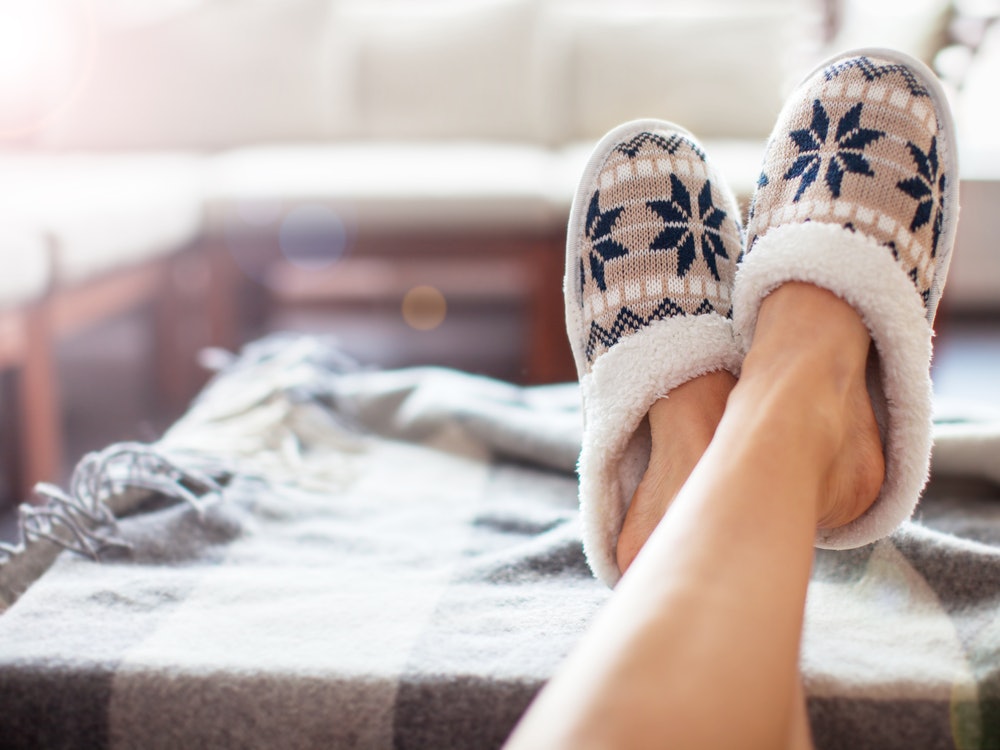
“Fits great, comfortable for bunions and great arch support. If you do have a custom insert, you can add them to these shoes, since the insoles are removable. Covered in a wool blend material, they are great for colder temps. These Orthofeet orthopedic shoes provide arch support, gel cushioning and extra foam padding. Taking all this into account, we compiled the 19 best orthopedic shoes for women that will relieve pain and look good while doing so. “Some patients need custom-molded shoes with extra-heel depth or arch supports, which can be prescribed by your doctor,” he explains. Schaeffer, adding that many foot problems are caused by shoes that don’t fit well, whether they’re too long, too short or too tight. The Right Size: “You wouldn’t believe how many people buy shoes that are the wrong size,” says Dr.“The heel cup should provide good depth that cradles the foot and therefore, provides stability,” he explains. Adequate Heel Cup: This feature helps with stability, says Dr.“Shoes should provide a good balance transfer between heel strike and toe off.” “Ill-fitting and constricting shoes cause and aggravate a lot of problems,” he says. Adequate Toe Box: This is crucial, per Dr.“It is imperative to have proper shoes that support your feet.” Arch support, sufficient cushioning and proper insoles not only ensure adequate shoe support, but they can also absorb any pain-inducing pounding your feet endure day in and day out. “I preach arch support, arch support, arch support all the time!” he says. Schaeffer explains that a s hoe with arch support is super important for any shoes that you buy, orthopedic or otherwise. If unsure about the comfort, you can simply send them back and try another pair. He advises trying on orthopedic shoes at home by walking on a clean surface for several minutes to get a real feel for the fit. Comfort: Comfortable women’s shoes are key, says Dr.

McEneaney and Fishkin warn against choosing styles made with material that’s too soft or flexible, as proper structure keeps the foot in optimal position.

What to Look for in the Best Orthopedic Shoes for Your Needs Also, expect a firmer heel and heavier duty soles that “absorb impact and won’t slip.” Schaeffer adds that today’s women’s orthopedic shoes are available in a wider range of sizes, “including length, width and heel/sole height,” and have removable insoles, as “most patients who need orthopedic shoes need custom made orthotics that are specifically sized to the structure of their feet.” They also may have velcro closures, which makes it “as easy as possible for any patient, especially many older patients who have mobility and flexibility issues like arthritis, to get them on and off,” he says. “As long as a shoe fits you properly and fits your needs, it can be classified as an orthopedic shoe.”ĭr. “People think that orthopedic shoes are clunky,” says certified pedorthist Michael Fishkin, also of Northern Illinois Foot & Ankle Specialists. However, over the past several years, stylish orthopedic shoes have become the norm, as the offerings of orthopedic sandals and shoes from the best orthopedic shoe brands have expanded. Orthopedic shoe brands used to have somewhat of a bad fashion reputation. Brad Schaeffer, DPM, board-certified foot surgeon at Sole Podiatry NYC and star of TLC’s “My Feet Are Killing Me.” “Orthopedic shoes are specifically designed to provide extra support and stability to alleviate stress and pain from the structure of the foot up through the ankle, leg, even hips and your back,” explains Dr.

Orthopedic shoes provide firm, but comfortable support to equally disperse bodyweight, without one area of the foot absorbing more than its share, which can lead to pain, injury and avoidable foot problems.


 0 kommentar(er)
0 kommentar(er)
